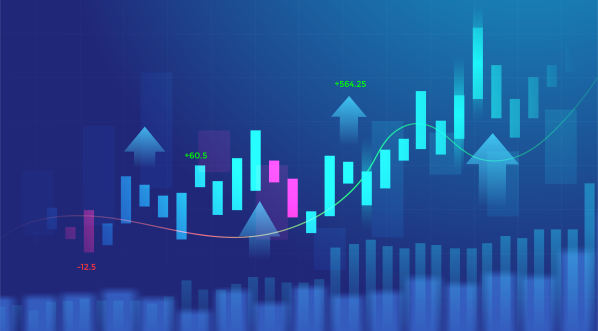
Market movements remain elevated as investors digest the recent FOMC decision, putting pressure on most of the risk assets.
Traders paid attention to today's German GDP data for the fourth quarter, which came out way worse than expected. The quarterly change dropped sharply from 1.7% to -0.7%, while the year-on-year economic growth nearly halved from 2.5% to 1.4%.
After the data, the EURUSD pair continued to descend, touching 1.1135 – the lowest level since June 2020. At the same time, the dollar index advanced to new cycle highs at 97.35.
Later in the session, the Fed's favorite inflation measure – the PCE indices – is due, expected to continue climbing to 6.1% year-on-year in December, up from 5.7% previously.
Rate markets are now leaning toward a 50 bps hike in March as US yields are exploding higher, pushing the short-term two-year yield above 1.20% for the first time since the COVID crash.
In commodities, gold and silver cratered as higher yields, stronger USD, and a more aggressive Fed caused headaches among the precious metals sector. Silver is down more than 5% since the FOMC announcement, completely erasing this year's rally, while gold fell below 1,800 USD, possibly targeting 1,780 USD soon.
US equities are facing bearish pressure, although indices failed to decline to new swing lows, and considering the way oversold conditions, we might see a bounce during the following days. However, the medium-term trend appears bearish as long as indices trade below their respective 200-day averages.
Leave a Reply